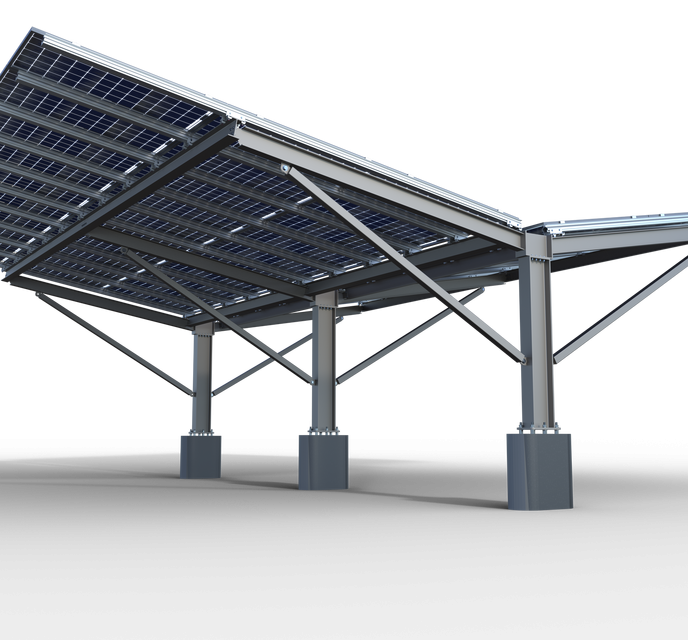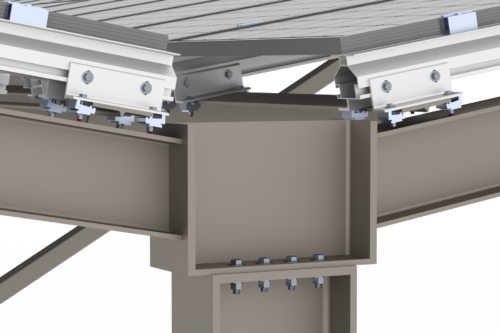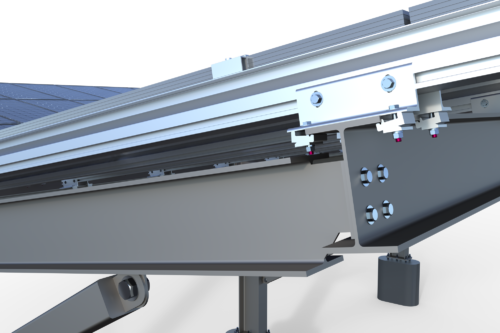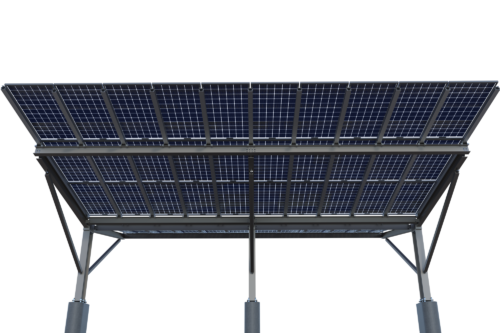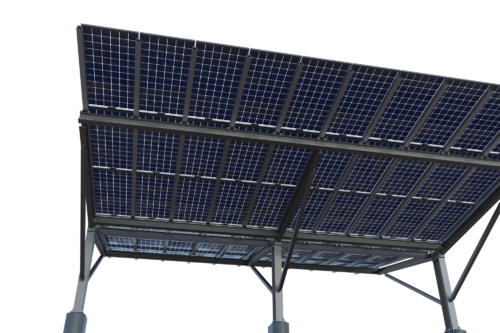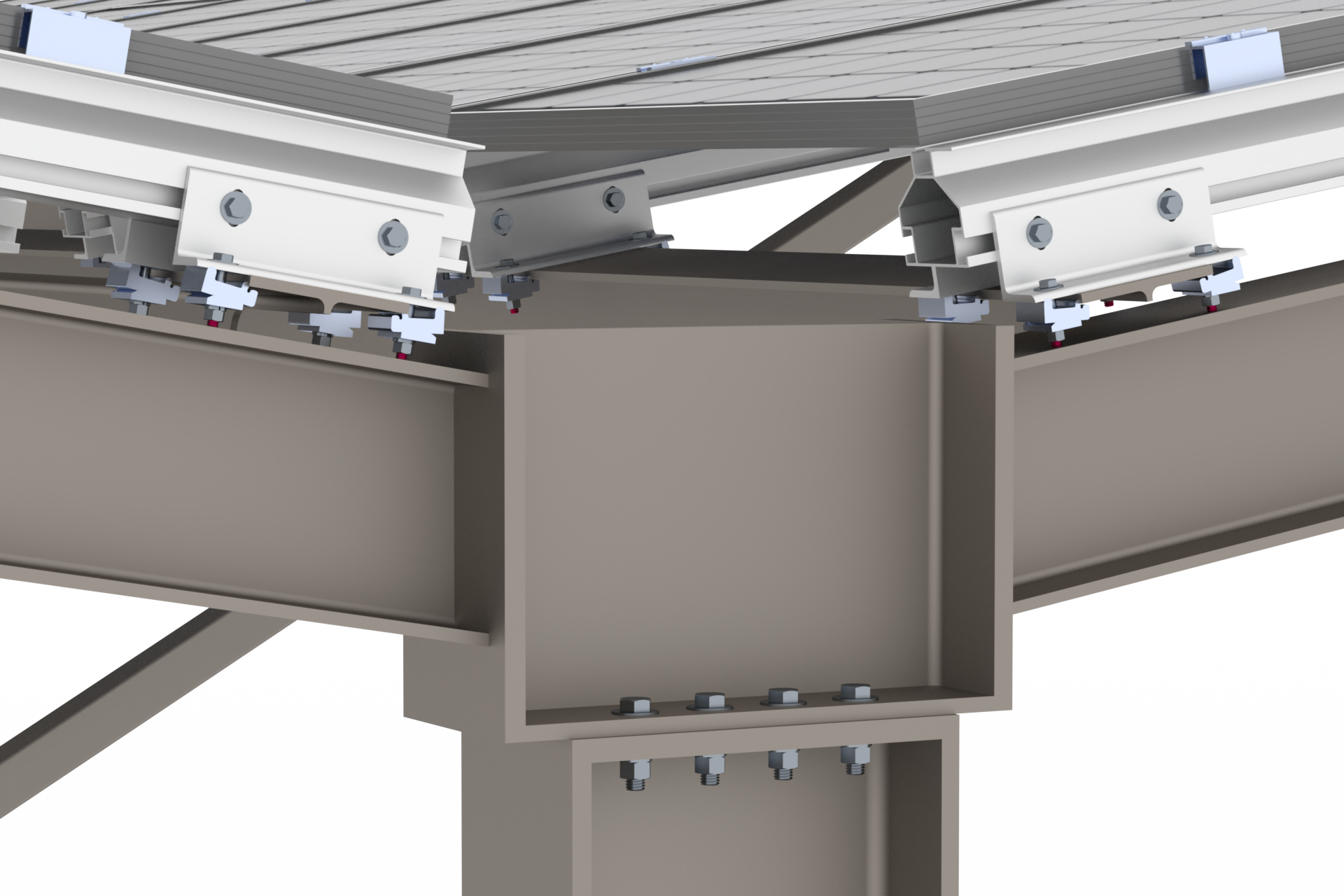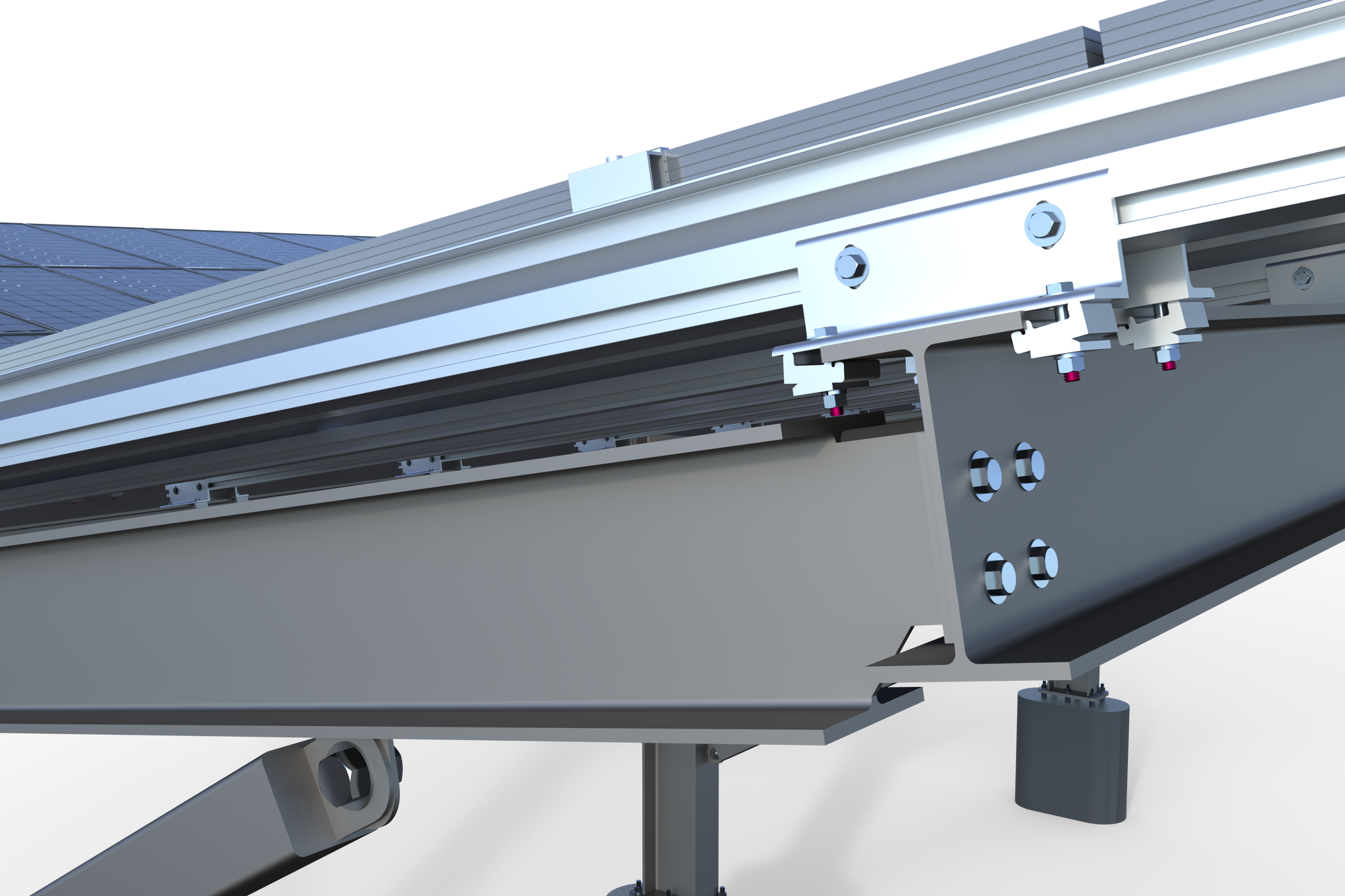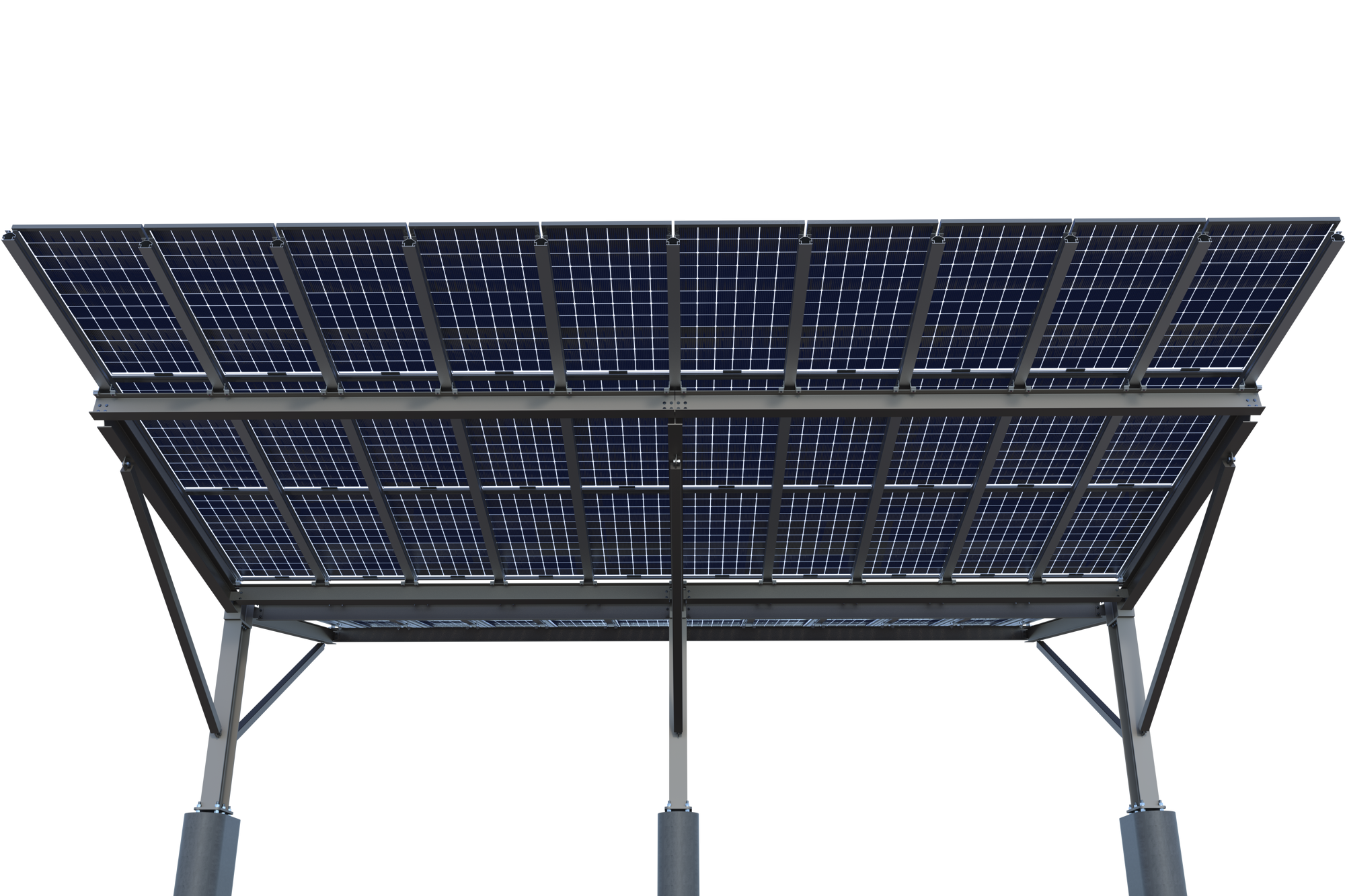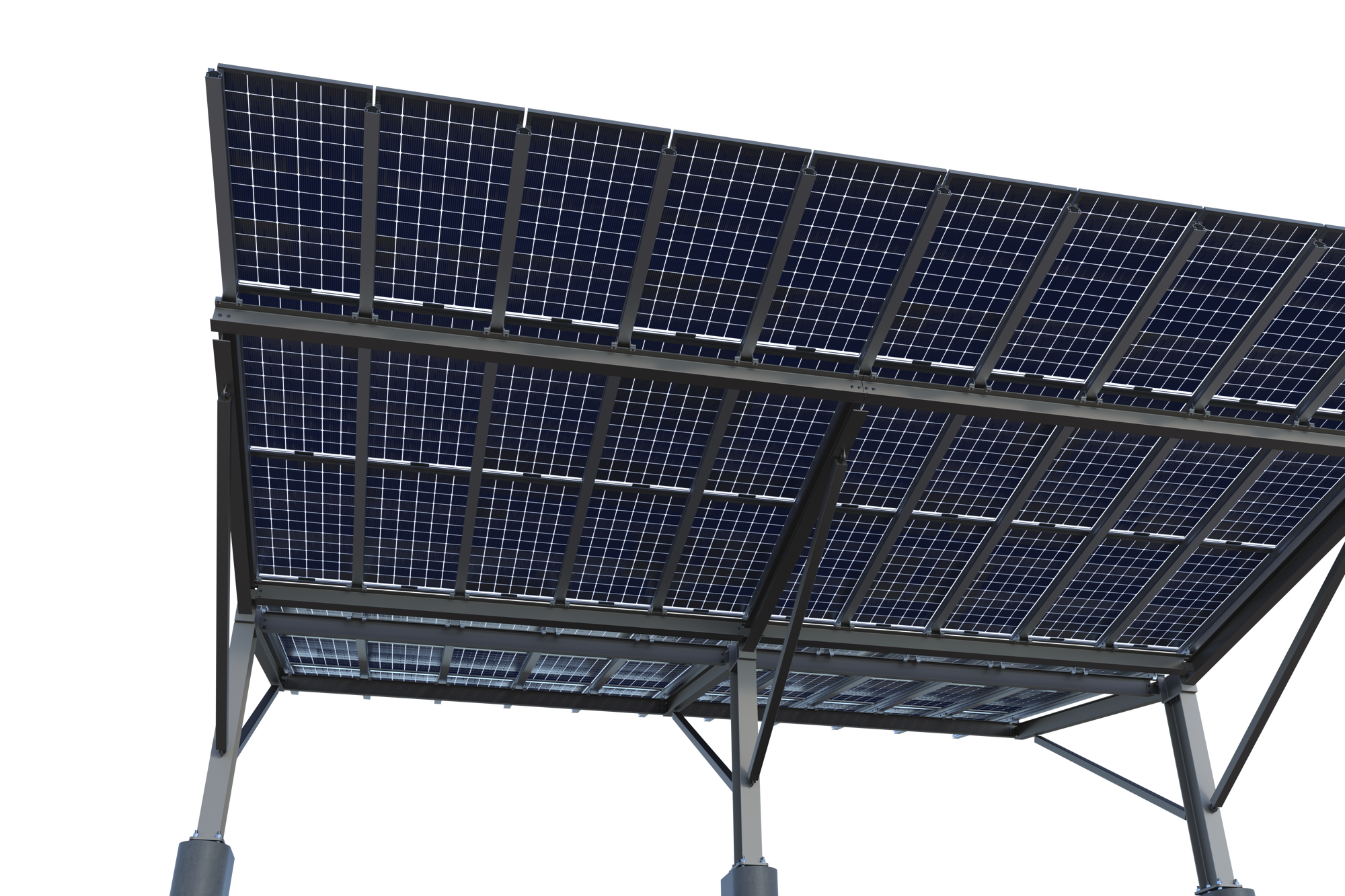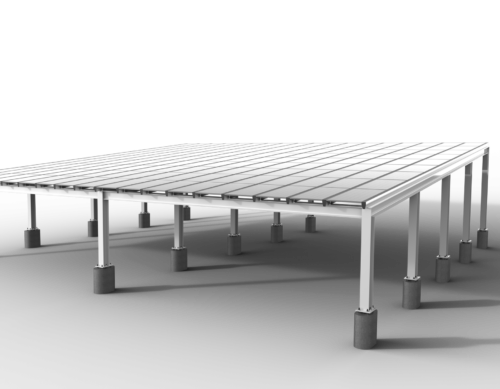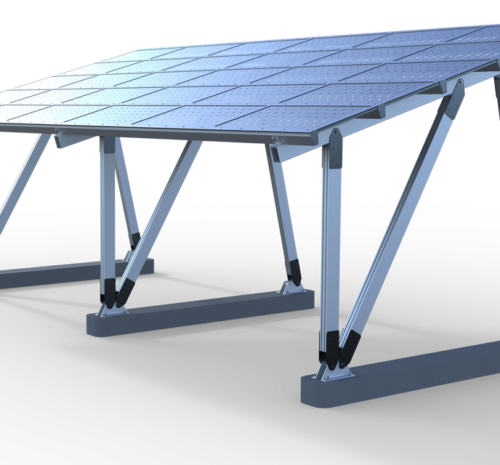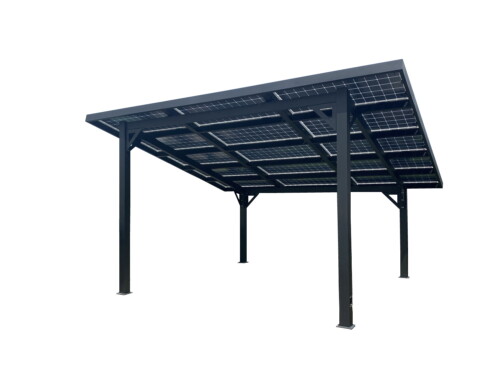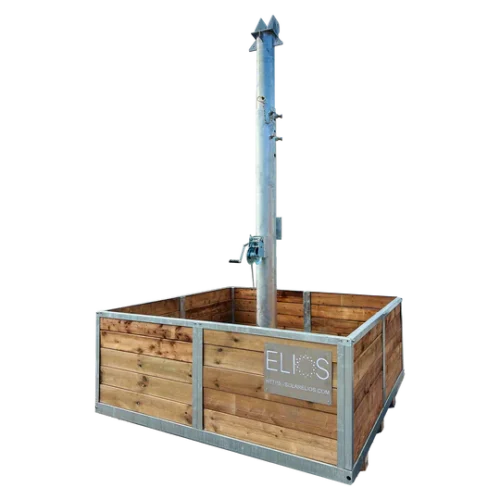Description
Specifications
Material
Max Snow Load
Max Wind Load
Tilt Angle
PV Panel Orientation
Solar Panel
Water Management
Type of Foundation
PV Panel Elevation (from ground to bottom of panel)
Grounding
Bifacial Gains
No Welding On-Site
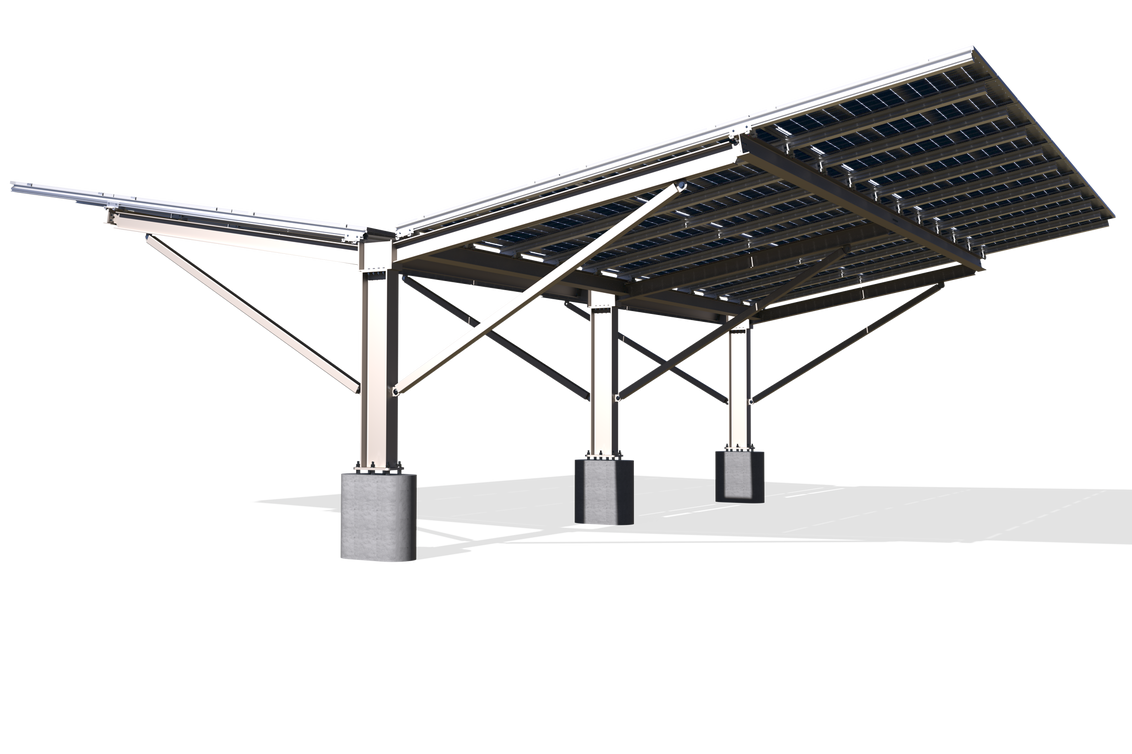
Elegant Design
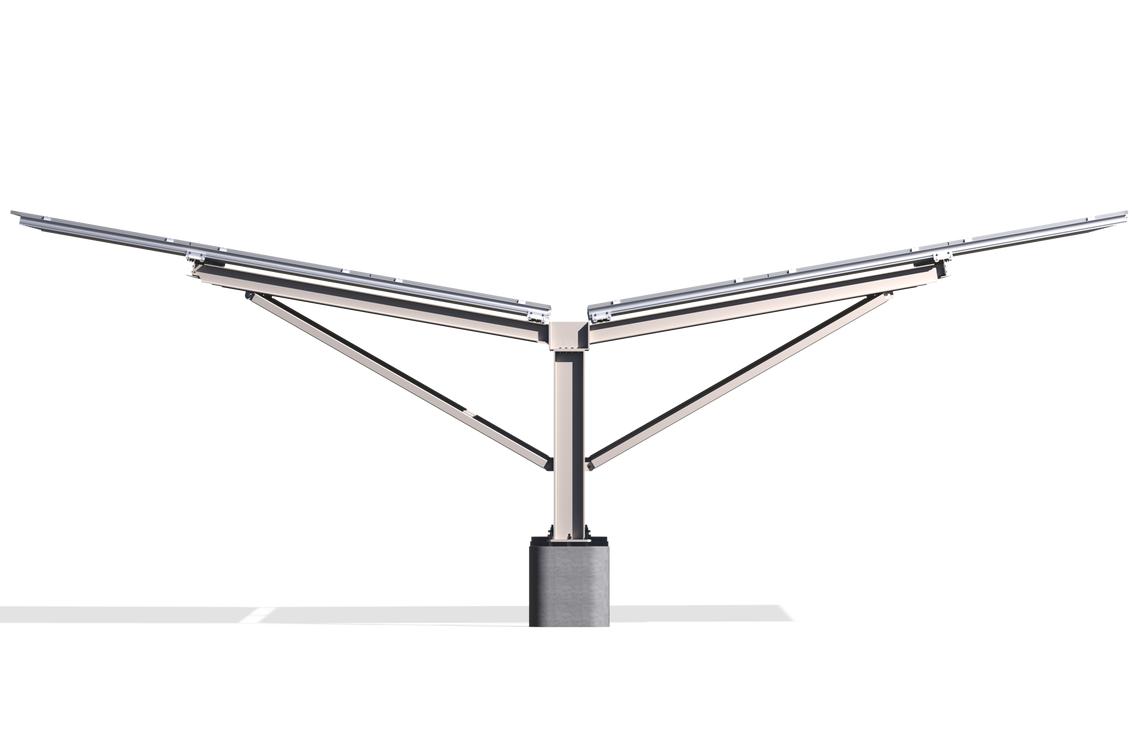
Sustainable Design
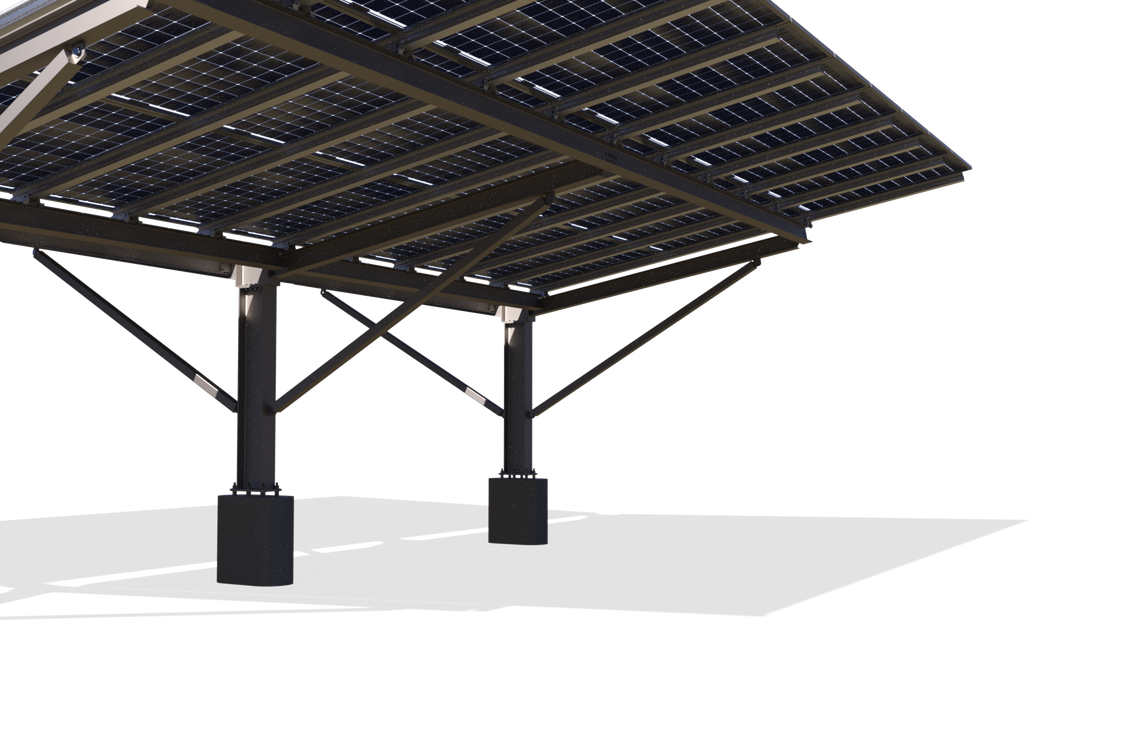
Turnkey Engineering Services
Benefits
Aluminum Design (PV Rails)
Aluminum Design (PV Rails)
Better protection of PV panels
UL 2703
The highest standards of engineering and customer support
Opsun engineers use only the safest calculation methods to ensure maximum strength and durability of their structures. They use recent proprietary wind tunnel studies (2019) from Western University, and use the latest versions of Building Codes (ASCE-10-16 and NBCC 2015, IBC 2018), as well as SEAOC PV2 guidelines with concepts of relative size of the solar system to the roof dimensions, to account for the most complex wind effects. The design ensures minimal deflection of PV panels to protect the cells, and the best finite element simulation software is used. Each component or vertical structure undergoes a unique calculation. Unique and custom solutions are found for all difficulties and the team responds quickly to events occurring during construction, (such as a mispositioned drain or any last-minute change).
Project-specific construction permit plans, stamped by an engineer.
For each project, you can obtain tailored installation and construction permit plans adapted to the project’s challenges, stamped by a local engineer if necessary. Every step of the assembly process will be described in detail, with the exact measures relative to the actual site of the project and the explanations needed to understand the specifics of the project.
Additional information
| Brand | SunPark |
|---|
